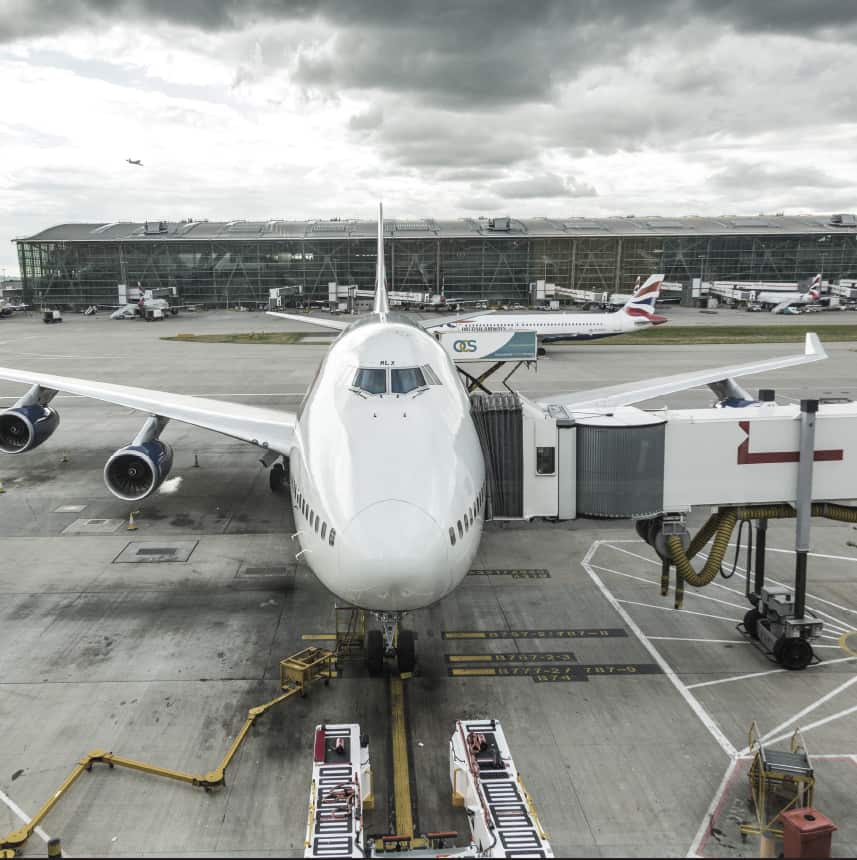With ongoing efforts from governments across the globe to reduce carbon emissions and with an ever greater focus on sustainability, it is vital that the HVAC sector does its part in becoming more environmentally conscious. And while there have been steps to become more sustainable, there is a huge amount that still needs to be done to make sure that many of the targets that have been set are attainable.
In buildings both large and small, industrial heating accounts for roughly two thirds of industrial energy demand and around a fifth of global energy consumption. Figures like this show the need to have efficient and environmentally-friendly HVAC equipment in place to make the crucial steps towards reducing the contributions these systems make to our carbon footprint.
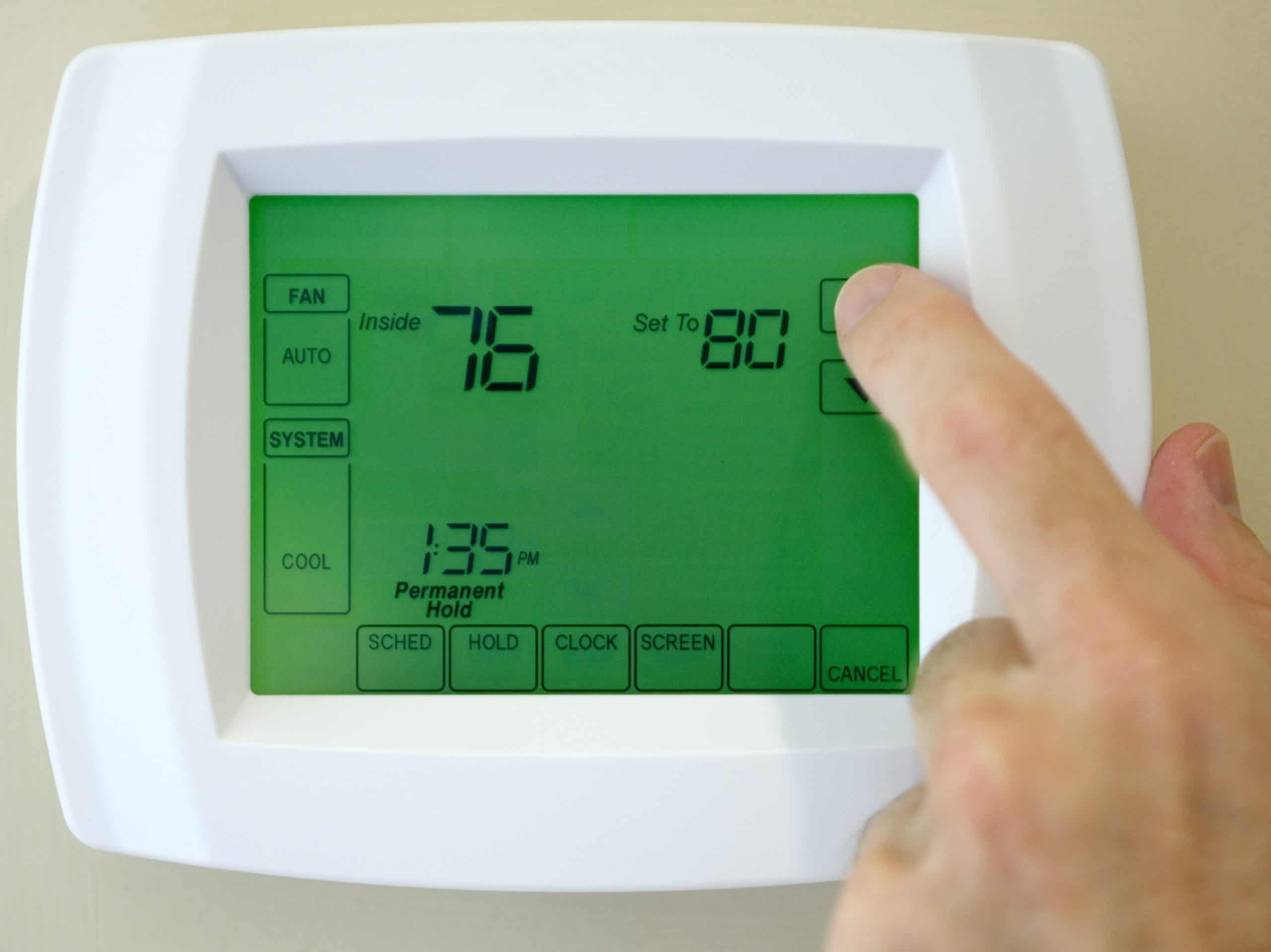
A 2019 report by The International Environment Agency (IEA) showed that the buildings and construction sectors combined were responsible for over 30% of global energy consumption and nearly 40% of carbon emissions. This is indicative of the steps the sector needs to take to play its role in a more eco-friendly society, some of which are already underway. However, much more needs to be done if the UK is to reach its goal of becoming net zero by 2050.
As we envisage what a post-Covid world might look like, businesses and governments are continuing to put sustainability and lower carbon emissions at the forefront of their planning and the HVAC sector is certainly no exception. But with change in the sector a daunting prospect, decision-makers often don’t know where to start.
Smart Technology
With the constant growth and greater deployment of smart technologies within the HVAC sector, this is certainly a way that systems can become more efficient. Smart HVAC uses sensors that integrate with a building’s automation system. These sensors then collect information about conditions throughout the building.
Heatwaves are now a far more common occurrence in the UK. The Met Office estimates they are up to 30 times more likely and will be a bi-annual occurrence by 2050. It is important that any uptake in HVAC usage doesn’t lead to a drastic increase in emission generation. This is one of the areas where smart systems will become crucial. Many scientists have been unequivocal in their sentiment that heatwaves are a cause of greater emissions and expect temperature records in the UK and Europe to be broken more regularly, so sites will need to be equipped to handle these conditions.
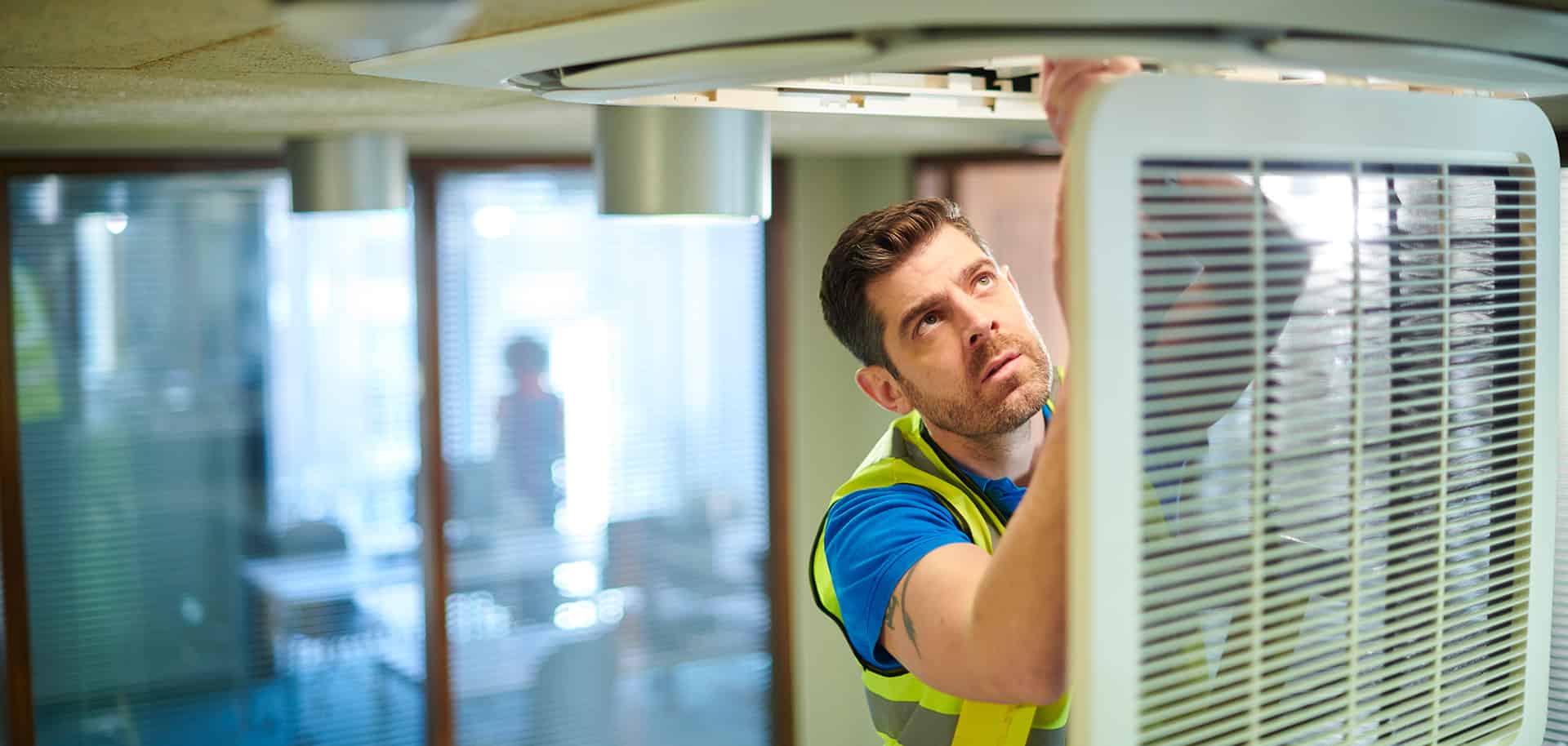
With wireless systems now much more commonplace, temperatures can be controlled easily from handheld devices. And with these new technologies, those managing the systems can also benefit from remote monitoring and maintenance, reducing the need to travel to the site for yet another environmental incentive.
To accompany the smart systems, equipment including smart thermostats can be installed to maximise HVAC efficiency. Other smart systems available to businesses include smart furnaces and air conditioning units that are far easier to operate than their traditional counterparts.
Reducing Unnecessary Ventilation
While global temperatures continue to rise, air conditioning usage has increased and has contributed to greater levels of energy usage.
A huge amount of needless emissions are generated by unnecessary ventilation, contributing heavily to heat loss and overall energy wastage. Recirculation of air is a traditionally lower energy cost method of retaining heat and keeping emissions low, however, we must be mindful of the risks associated with recirculating air. The risk of circulating diseases is negated somewhat with heat recovery ventilation, which both removes the risk of disease spreading and improves energy consumption.
Air conditioning units in particular contribute significantly to a building’s energy consumption, equating to 10% of the UK’s electricity consumption and as such it is important that we bear in mind ways to counteract the emissions this creates. Global energy demand for air conditioning units is expected to triple by 2050, as temperatures continue to rise year on year. The efficiency performance of new conditioning units will be key when it comes to ensuring that escalating demand does not equate to greater emissions. Another issue for suppliers and manufacturers to address is differing rates of consumption for AC units in different countries, with units sold in Japan and the EU typically more efficient than those found in China and the US.
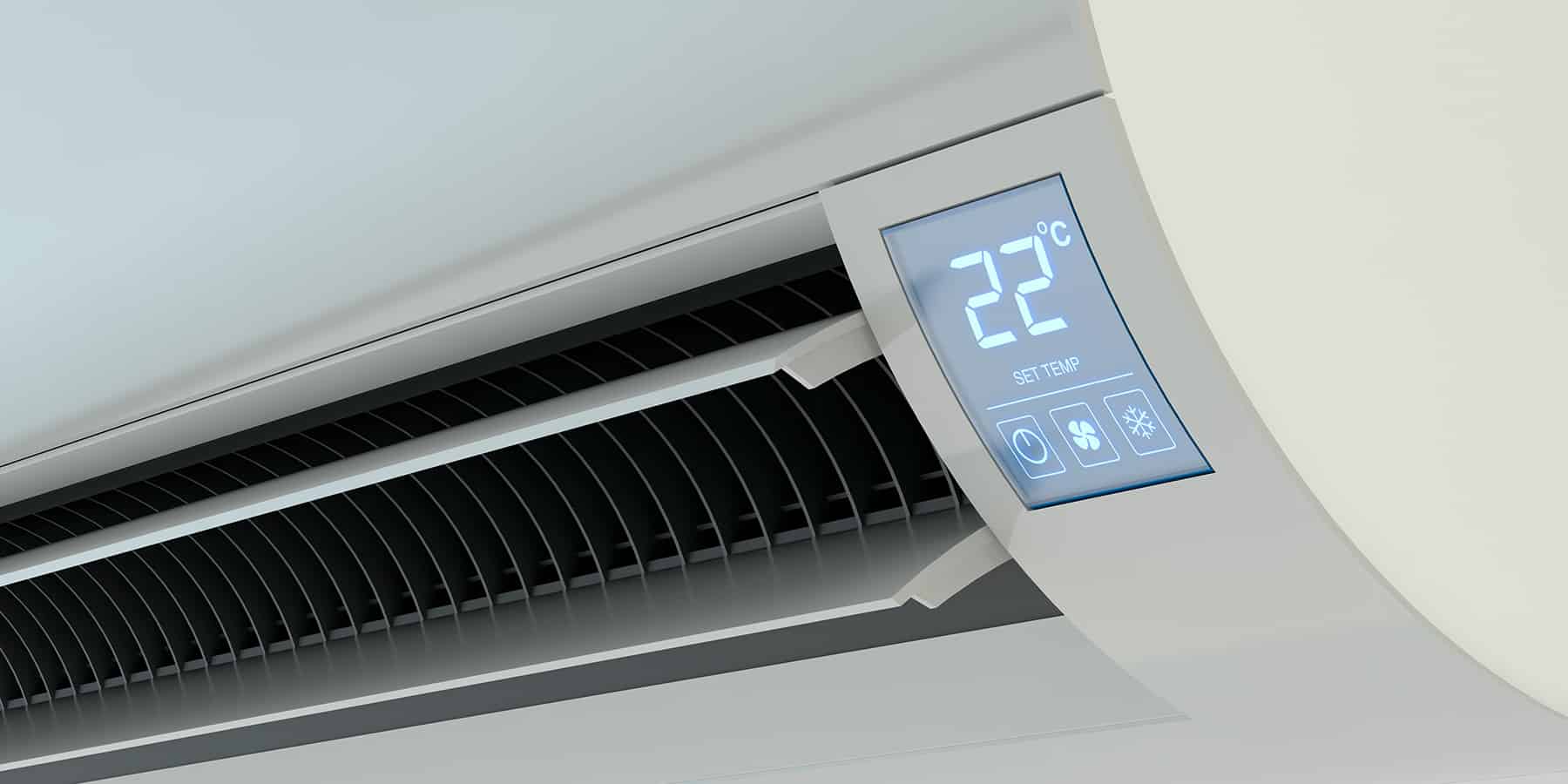
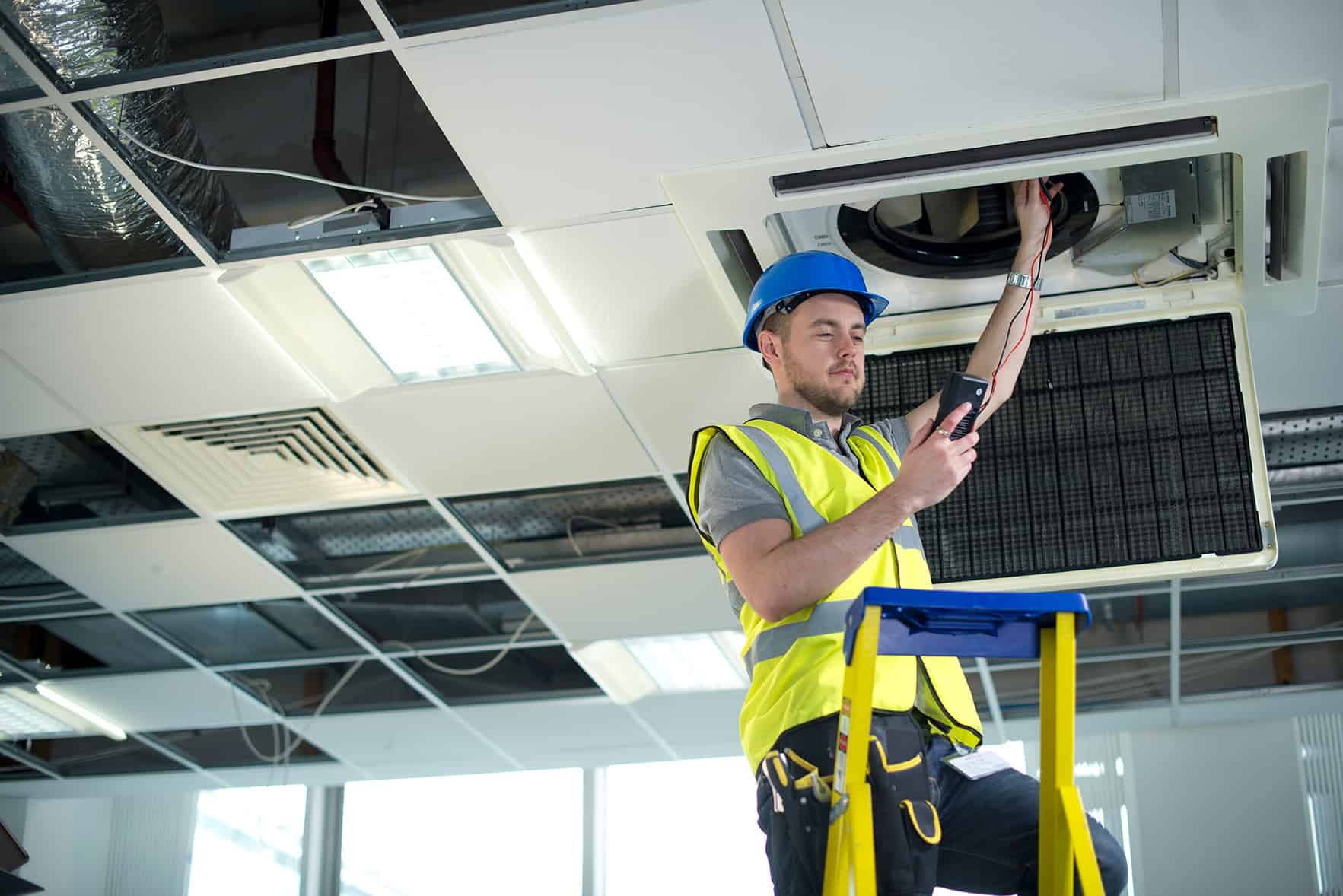
Modularisation
Modular HVACs have also become increasingly popular in recent years. They are responsible for heating, cooling and distributing air through an entire building, with their increase in popularity largely down to their greater levels of energy efficiency, cost effectiveness, flexibility and substantial ease of installation and maintenance.
Modular HVACs can be tailored specifically for workspaces and they often allow work to be done on the systems without disturbing the workforce, achieved primarily through rooftop placement. Commercial workspaces are larger and often require differing needs to residential properties and can cater to many of the specific requirements of work and commercial spaces.
As we strive for lower carbon emissions, it seems that this trend will continue and will become a key area in reducing emissions that HVACs have traditionally generated.
System maintenance and training
To meet government and industry requirements, many new buildings will require HVAC systems that can be maintained simply in order to perform in a more energy efficient way.
Many companies are looking at ways to become climate neutral and significantly reduce their footprint. Companies are following the likes of German based Wilo Group, who have announced they are committing to sustainable manufacturing by developing a new carbon neutral plant and HQ in the next few years.
As we continue to move towards an ever more environmentally conscious society, it will be of paramount importance for companies, governments and the public to think about ways in which we can lower carbon emissions. Smart technologies will certainly be at the forefront of this, negating many needless journeys and making it easier for industries to adjust settings and tackle issues remotely. Greater levels of training will help equip us with the tools to make sure we are best placed to reduce emissions and be more sustainable as a result.
How to Design the Best Commercial Air Conditioning for Business Users
It can be a daunting experience selecting a commercial air conditioning unit for your business, so our experienced and qualified technicians have put together a guide to help you find the best AC unit for your business.
While the steps outlined above do show some progress and measures we can take, there is far more that we can do as a sector to significantly reduce HVAC’s carbon footprint and once we have moved beyond the impact of the COVID-19 pandemic, this will surely be at the front of industry leader minds.

